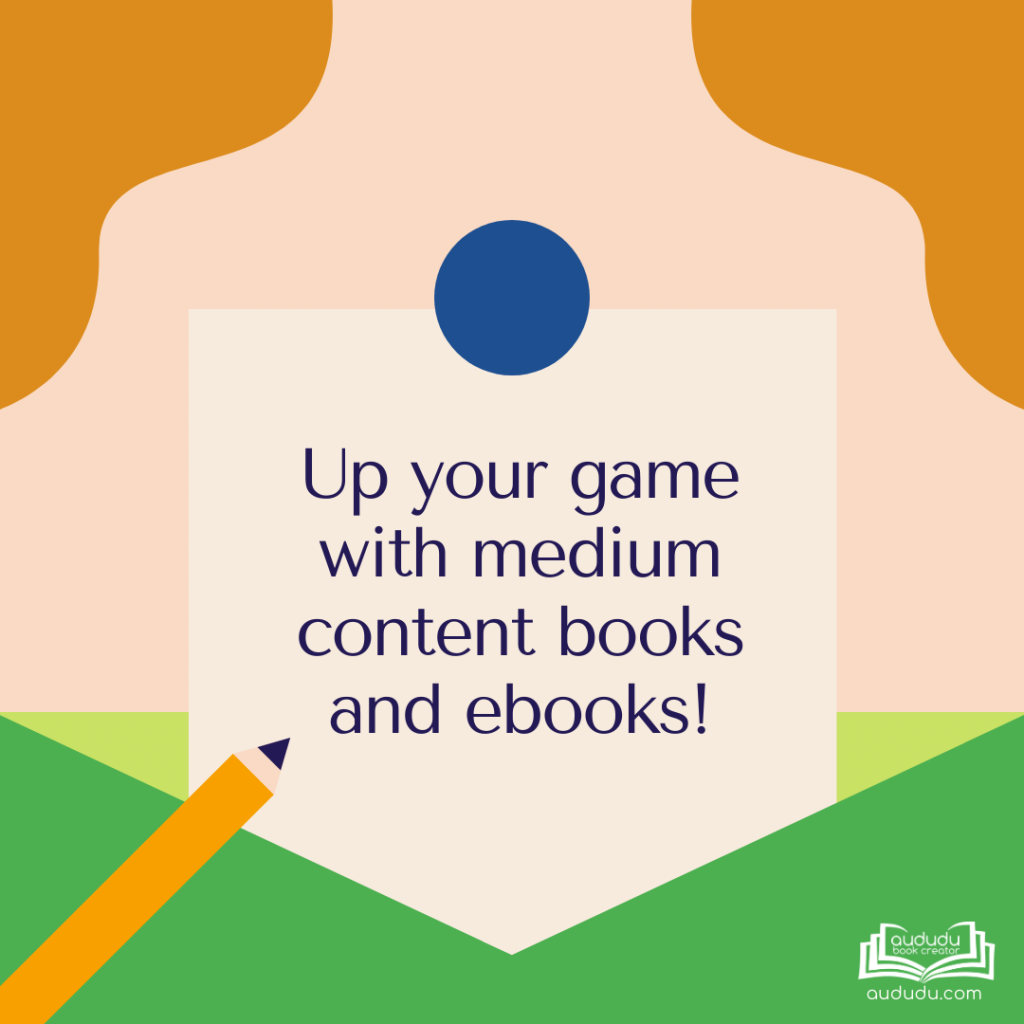How To Own Your Niche!
September 24, 2021
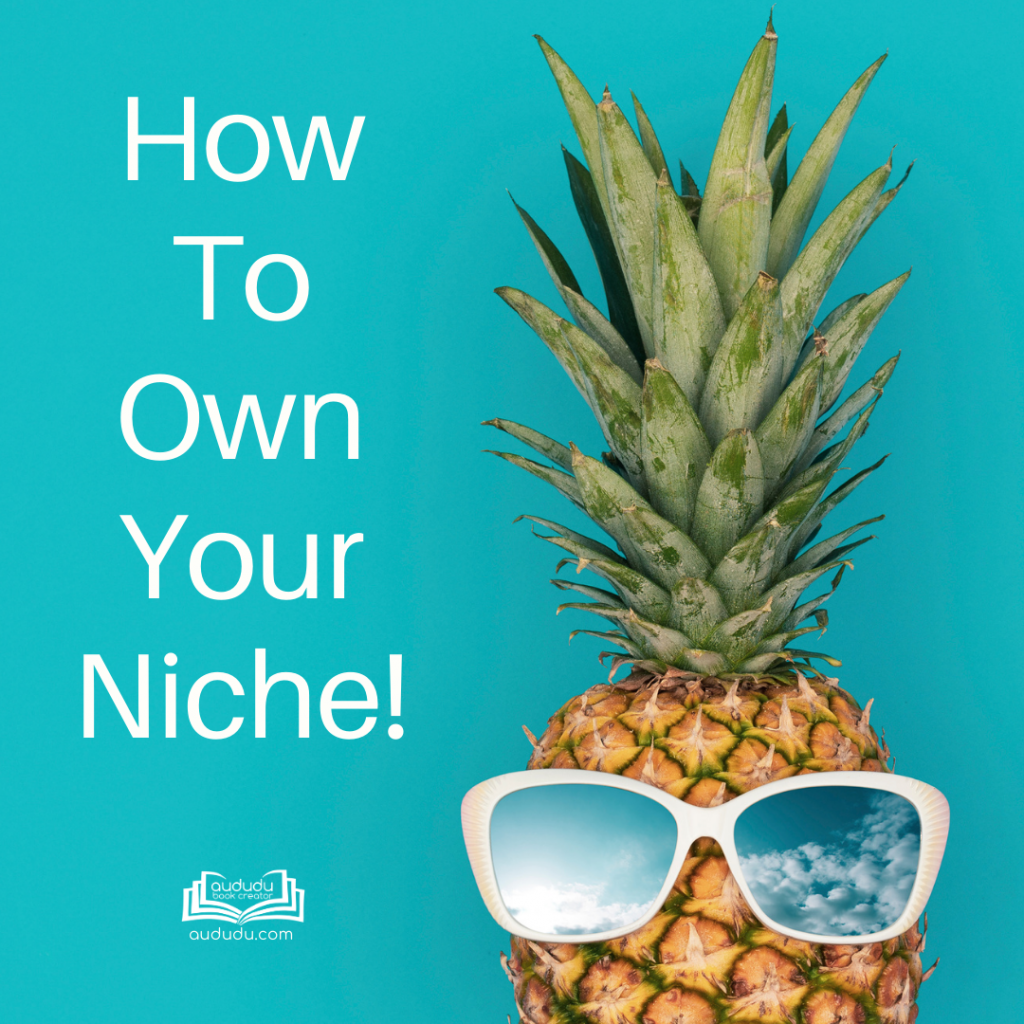
You have found a great niche where your books sell well and now want to capitalize on it with more books. In this article, I will give you ways to build out your catalog so you can own that niche!

Oreo is a great example of a brand that owns its niche. I took this picture at a local grocery store in the cookie aisle. The Oreo brand had almost 20% of the shelf space on that aisle. There were so many Oreo brand cookies on the shelf that I couldn’t even get them all in one picture! They offer pretty much every different type of Oreo you can imagine, even gluten-free ones. Don’t like chocolate? They offer a chocolate-free “Golden Oreo” variety too.
How awesome would it be if someone did a search on Amazon in a particular niche and the first page was filled with just your books? This is what I mean by “own your niche.” Create a bunch of quality books that solve problems for your target audience and help them achieve goals and you can get to the point of owning the first-page search results in your niche.
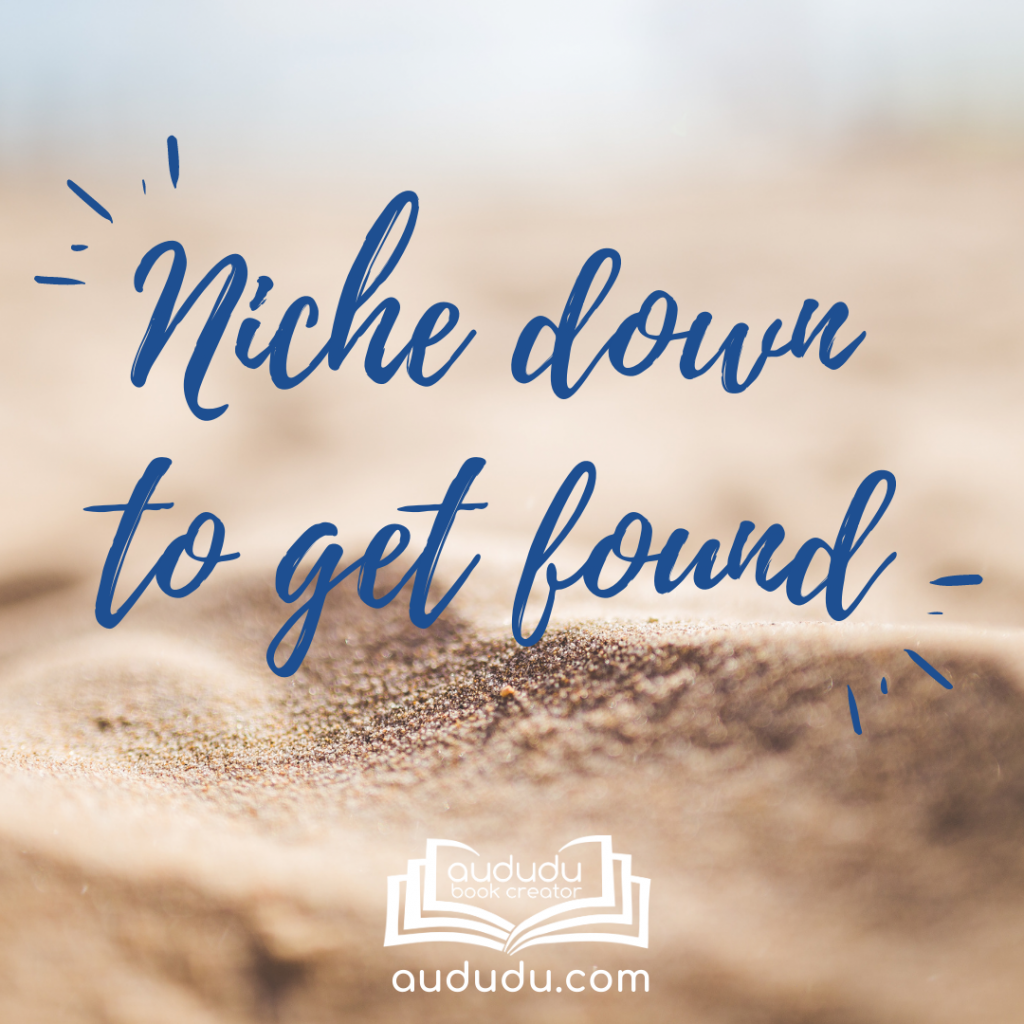
The best way to own a niche is to niche down! Oreo has done this by offering a variety of different flavors (that’s one sub-niche), cookie sizes (that another sub-niche), and specialty varieties (that’s yet another sub-niche).
Here’s an example of how to transfer that idea to your book niches. I’m going to use the hobby of gardening as an example. (You can get a list of 75 hobbies here.) Gardening is a huge niche. If you want to target this niche, you will need to niche down to either a gardening method (e.g. in-ground gardening, hydroponic gardening, or container gardening) or a garden type (e.g. herb garden, vegetable garden, or flower garden)
If you picked flower garden as your sub-niche to build a brand around, you can create a bunch of different books directed to different types of flowers. You can also create books directed at different methods of growing flowers.
Before you charge off creating books for all these different sub-niches, validate your idea is a profitable one by checking Amazon to see what is currently available for that sub-niche.
Look at how well those books are selling. You can do that by using this Amazon Book Sales Calculator. Just enter the BSR (Best Sellers Rank) for each book into the calculator and make sure to switch the book type from eBook to Book
You should also read through the comments for the books currently on Amazon to get an idea of what your target audience liked and didn’t like about what is currently available. This will help you decide what to put in your books.
Lastly, check places your target audience gathers to see what problems they have that you can solve with your book. Places to check include online forums, Facebook groups, Reddit, and LinkedIn.
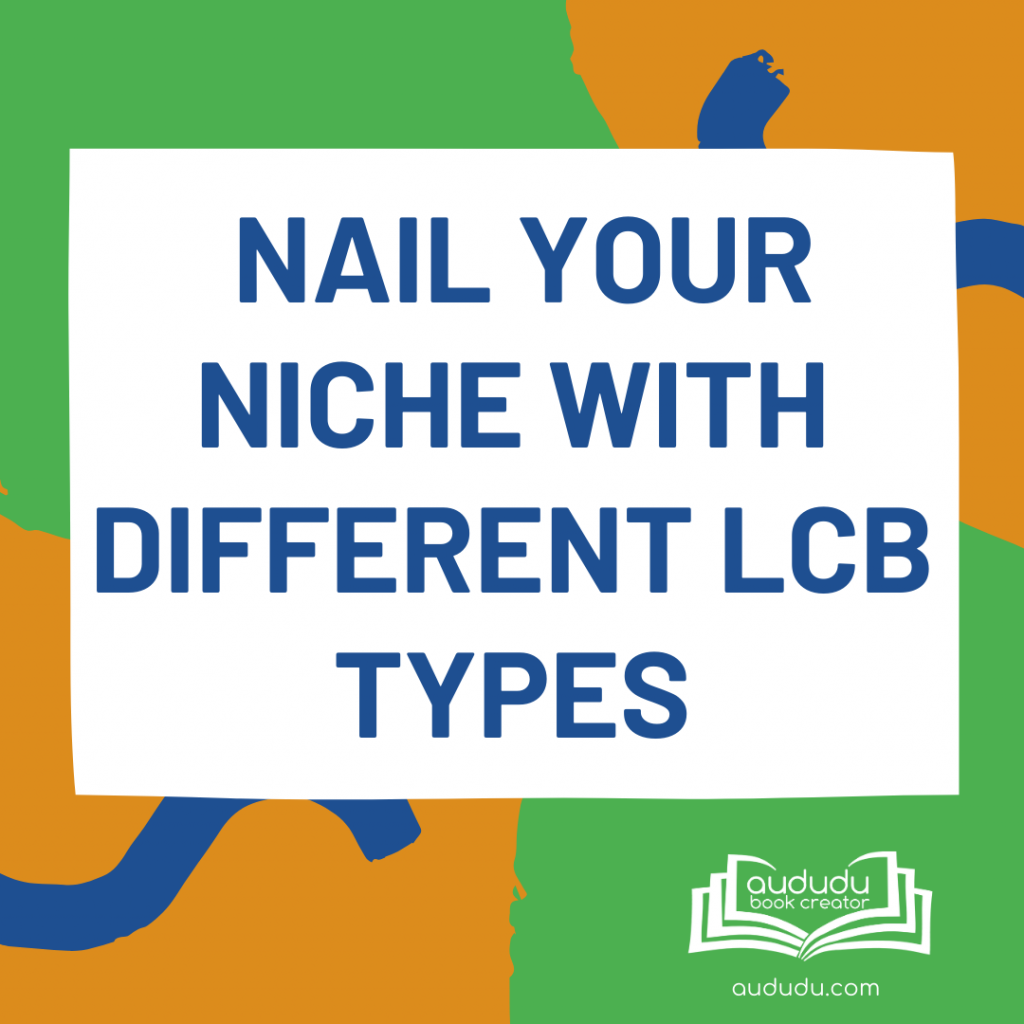
Now that you have a bunch of different sub-niche ideas, let’s look at another way to build out your catalog using different LCB types. There are many different types of LCBs you can create. If you have a successful book in a sub-niche, creating different types of books for that sub-niche can result in repeat buyers. People that loved one of your books will often check Amazon to see what else you have available.
Here’s a partial list of ideas for different LCB types: (Get a list with 50 LCB types here.)
- Activity Book
- Craft Book
- Diary
- Gratitude Journals
- Log Books
- Organizational Journals
- Planners
- Puzzle Books
- Tracking Books
- Workbooks
Using the Soccer Mom niche as an example, here’s a list of some LCB books you can create for this niche.
Soccer Mom Planner to keep up with her kids’ schedule for practices, games and tournaments.
Soccer Mom Log Book to record stats and log how her child played for each soccer game.
Soccer Mom Gratitude Journal to record a daily gratitude in a soccer mom themed journal.
Soccer Activity Book that contains soccer themed puzzles, games, and activities for kids.
Soccer Season Ideas Book that contains soccer snack recipe pages, soccer craft pages, and end of the year party ideas.
Every one of these ideas can be niched down, for example, soccer moms with boys or soccer moms with girls. Don’t forget to modify your interiors to target each sub-niche!
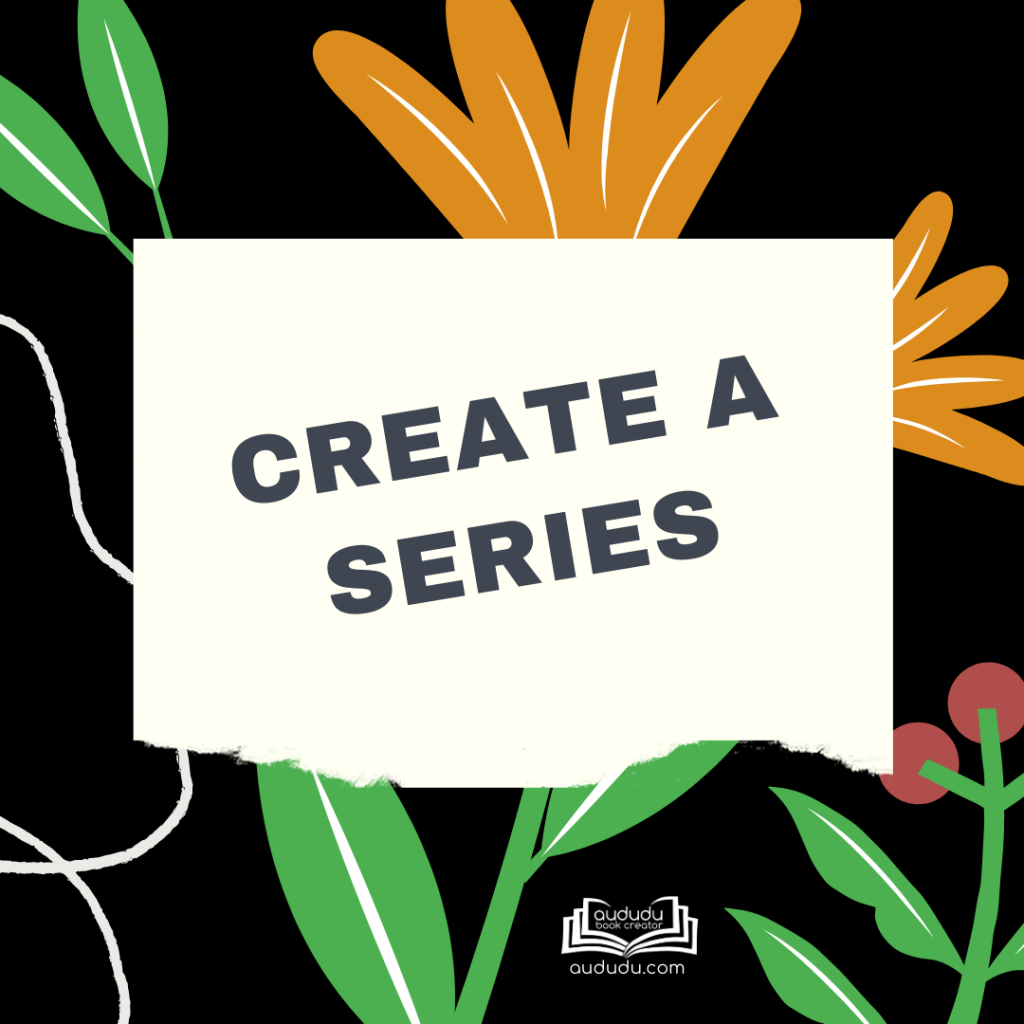
Another way to dominate a niche is by creating a series. The main point of a series is to get people to buy other books in the series. I’m currently reading book 7 of a 9 book fiction series. The author has done a great job of creating a story that keeps you interested so you keep buying the next book in the series.
This is a bit harder to do with low content books. Activity books are the easiest LCBs to turn into a series. For example, you could create a series of coloring books around mythical creatures by having the first book on unicorns, the next book on dragons, and the third book on mermaids, etc. You would want to keep the graphic style consistent throughout the books in the series.
You could do the same sort of thing with recipe books based on different cooking methods — e.g. slow cooker, pressure cooker, or air fryer. Be sure to add a “how to’s” and/or a “tips and tricks” page for each type in your front matter pages. You can also customize the recipe pages for each cooking type.
When creating a series, be consistent with fonts and graphics and use a similar style for the covers. A good example of this is the For Dummies book series. Anyone that glances at one of their covers instantly knows it is part of their book series.
So how do you decide if you should group books together in a series? The main consideration is whether or not it makes sense to your target audience. Is there a common theme among the books? Are these all books your target audience would want to buy? Have you styled them so they look like they go together? If you can answer yes to all these questions, then put those books together in a series.
